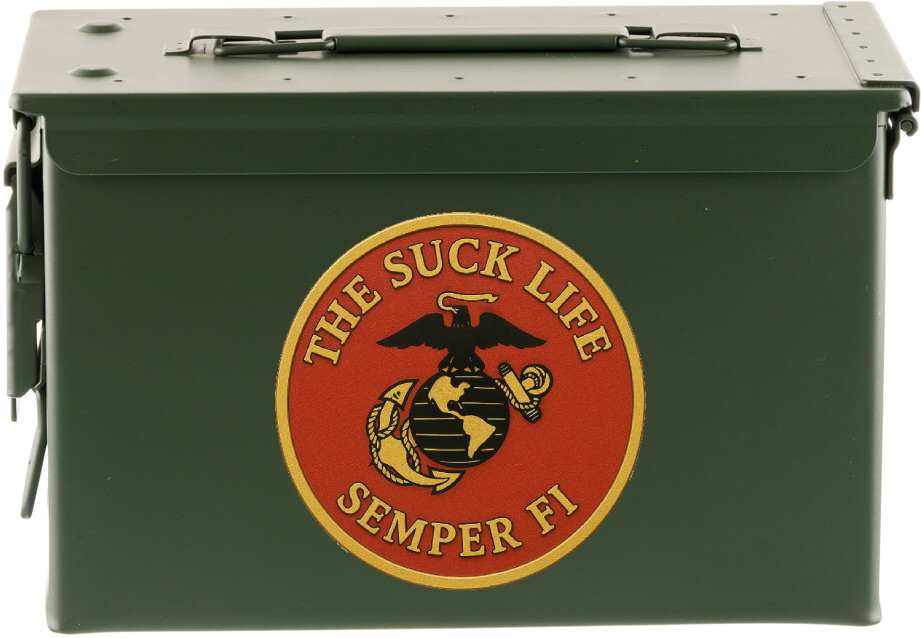In the United States Marine Corps, every phrase carries weight. Some are barked as commands, others whispered in jest, but a few are passed down like tribal knowledge.
One of those is “Green side out, brown side out.”
At first glance, it sounds like a simple instruction. And in the literal sense, it was.
Back in the day, Marine cammies and shelter halves, those old school canvas tents we shared like fighting holes, were reversible. One side featured a green pattern designed for jungles, forests, and the deep, wet wilderness. The other was a brown-toned pattern better suited for dry, desert environments.
Green side out meant you were headed into the trees. Brown side out meant you were bound for the sand.
Before every operation or field deployment, someone in charge would make the call. Flip your gear accordingly, suit up, and blend in.
But over time, the phrase took on a life of its own.
You see, Marines would often get everything set up, tents pitched, sleeves rolled, packs squared away, only to be told the environment had changed or someone higher up had made a new decision. Suddenly, everything needed to be reversed.
Change of plans, flip to green side out. Or worse… go back to brown.
And so, “green side out, brown side out” became something more than just field instructions. It became a way to describe sudden reversals, confusing orders, leadership changing direction without warning, and that familiar frustration of doing the job right, only to be told to do it all over again a different way.
Among Marines, it became slang for those moments of friction, those all-too-familiar episodes where orders conflict, communication fails, or the mission evolves while you’re already knee-deep in it.
Ask any old salt, and they’ll probably chuckle. It’s not just about camouflage. It’s about adaptation, patience, and the unique madness of military life.
In the Corps, we learned to bend, to laugh, and to keep moving, even when the word changes after the work is done.
But the phrase didn’t stop with ponchos and tents. It crept into barracks humor too, especially when it came to skivvies.
Out in the bush, far from laundry and civilization, Marines invented a system. Or more accurately, a joke about the lack of one:
Day one: skivvies, green side out
Day two: flip them inside out, brown side out
Day three: turn them around, front to back
Day four: you’re out of options, go commando or pray for resupply
It was a filthy, field-born ritual. Half gag, half gospel. A way to laugh through the suck.
And if you were a boot, you might just get told to check your skivvies. “You sure they’re green side out?” God help you if you took that literally.
The phrase also carried weight among our brothers in Navy Corpsman greenside, the Docs who lived and bled beside us. When a Corpsman left the comfort of a ship or base and went into the dirt with the grunts, he was no longer blue side Navy. He was green side, one of us.
Green side Corpsman meant you weren’t just serving. You were surviving right alongside us, in the mud, the rain, the fight.
That phrase told the story of who you were riding with, and how deep you were in it.
So yes, “green side out, brown side out” started as a literal instruction. But like all things Marine, it evolved.
It became a metaphor for change, for chaos, for bending without breaking.
Whether it was your gear, your orders, your skivvies, or your sense of direction, the only real rule was: Be ready to flip it, adjust, and keep moving.
Because in the Corps, the mission doesn’t wait for comfort or clarity. No matter the terrain, no matter the color, we adapt, we overcome, and we keep drivin’ on.
Semper Fi

Ads suck. This site is 100% ad-free and reader-supported.
If this article added value to your day or meant something to you, toss a couple bucks in the ammo can to keep us in the fight. Thank you.




 Semper Fidelis
Semper Fidelis

